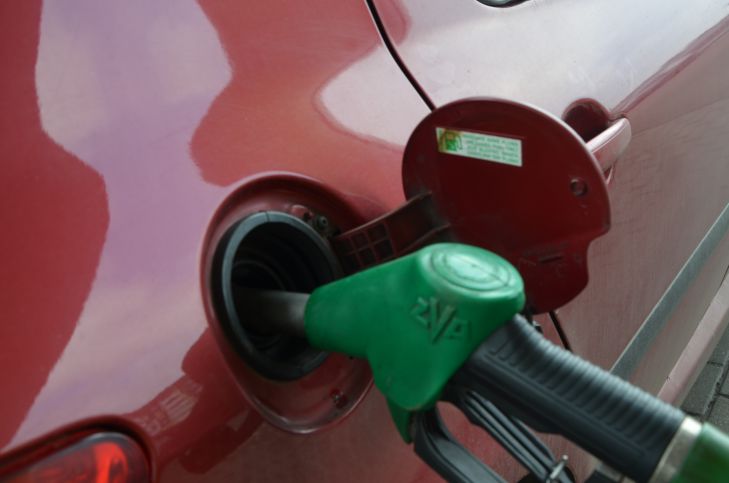Many car owners are interested in how to properly refuel their “steel horse”.
Fill the tank to the brim? Or empty it and add a little at a time?
From the point of view of scientific physics, any of these chosen solutions will be wrong.

Emptiness is disorder
Allowing the fuel tank to become completely empty is absolutely unacceptable.
A lack of combustible mixture can lead to major problems with the operation of the fuel pump and the entire fuel system as a whole.
Boss, full tank please.
When filling to the full, it is important to take into account the pressure that pushes flammable vapors out of the neck into the atmosphere.
Excess pressure with the cap closed can easily cause the gas tank to bulge, causing incorrect readings on the fuel gauge on the instrument panel.
A little bit for the road
There is nothing prohibited about adding little by little, without letting the light come on and without overfilling the tank.
This can help in determining the fuel consumption in the absence of an on-board computer.
And perhaps it will provide information about unscrupulous gas stations that do not top up or prepare low-quality raw materials for the car's fuel system. But the convenience of constantly searching for a gas station will obviously not increase.
The right choice
It is best to fill up until the tank is almost full.
This will not lead to negative consequences and will allow you to cover long distances without worrying about the presence of a gas station along the way, and will give you the opportunity to simply enjoy driving while listening to your favorite music.
